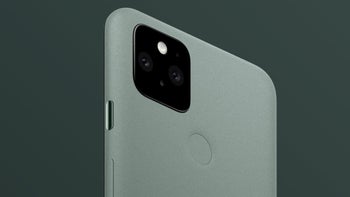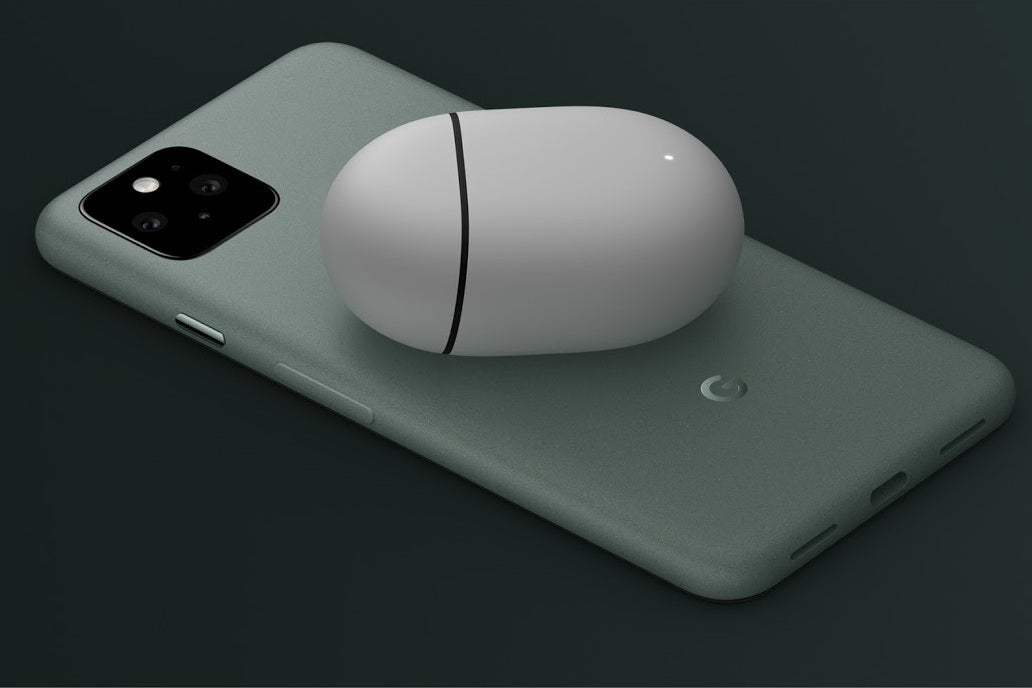Google Pixel 5: how does it have wireless charging despite its aluminum back?
We may earn a commission if you make a purchase from the links on this page.

Google just revealed, after a lot of leaks and hype, this year’s flagship Pixel, the Pixel 5, alongside the Pixel 4a 5G. The Pixel 5 seems quite interesting, with some new camera features and an attractive price of $699, but the phone’s back is not made of plastic or glass… it’s aluminum and still has wireless charging. How does this actually work?
Metal blocks wireless charging signals
Technically, aluminum is used for the Pixel 5, but apparently, there is another layer of a material that sits directly on top. Google calls this material "bio-resin", which is basically a super-thin plastic material. The aluminum underneath helps give the Pixel 5 a sturdy and premium structure. Additionally, this design allowed the tech giant to cut a hole in the smartphone’s aluminum chassis and install there the wireless charging coil. Google additionally says that you won’t be able to feel the coil since the plastic material sitting on top of it is very sturdy, despite being super thin.
Maintaining Pixel thinness with bigger battery size

This year, the Pixel 5 comes with a big 4,080mAh battery cell, mitigating last years' Pixel 4 battery life situation. Google says that it went for this aluminum-superthin plastic design to maintain the desired Pixel thinness of the smartphone, despite the bigger battery. At the same time, the company was therefore capable of making the Pixel 5 feel premium and sturdy, something harder to achieve with just a plastic build.
Also check out:














Things that are NOT allowed: